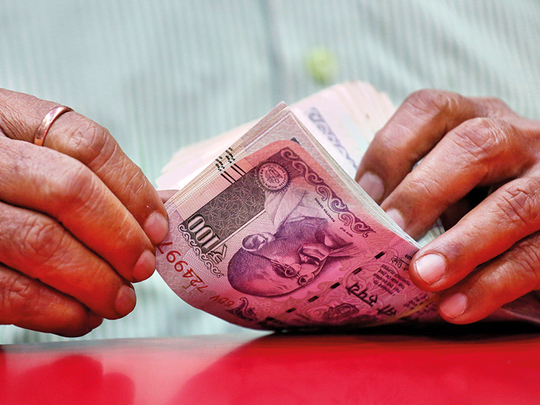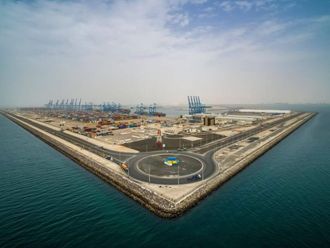
New Delhi: There’s not a moment of respite for India’s inflation-targeting central bank.
Just when gains in consumer prices eased, the Turkish lira-led sell-off in emerging-market currencies has renewed an onslaught on the rupee, pushing it to a record low and possibly demanding more rate action from the Reserve Bank of India.
The rupee dropped to as low as 70.08 per dollar on Tuesday, keeping intact its position as Asia’s worst-performing currency this year. The currency reversed losses to trade 0.1 per cent higher at 69.89 as of 12.57pm in Mumbai, with traders saying state-run banks sold dollars, probably on behalf of the RBI.
- Hugo Erken | Rabobank analyst
“Deteriorating emerging-market sentiment has led to a panic in the rupee,” said Paresh Nayar, the Mumbai-based head of currency and money markets at the local unit of South African lender FirstRand Ltd. The price action suggests the RBI might have intervened to prevent a bigger run on the rupee, he said.
A weaker currency complicates the central bank’s job of keeping prices in check, as it makes imports costlier. The monetary policy committee led by Governor Urjit Patel increased interest rates twice since June to curb rising price pressures, while the RBI depleted $23 billion (Dh84 billion) in foreign reserves to check currency volatility.
“The weak rupee is indeed making life difficult for Patel and his fellow members of the monetary policy committee,” said Hugo Erken, a senior economist at Rabobank International in the Netherlands. “The RBI tightening cycle will put an end to the current free fall.”
A gain of more than five per cent in the Turkish lira and broad weakness in the greenback also helped boost sentiment toward emerging-market currencies on Tuesday. The rupee has lost 8.6 per cent this year.
The currency woes come against the backdrop of an economy that’s growing faster than any other major nation. Earlier this month, the RBI raised rates to the highest in two years.
The weakness in the rupee is nothing to worry about and is due to external factors, Subhash Chandra Garg, economic affairs secretary in India’s finance ministry, said in New Delhi. These factors may ease going forward, he said.
Forex reserves burnt to save rupee
Global risks, such as high oil prices and trade tensions, are weighing on the growth outlook, the International Monetary Fund said in its recent report on India that likened the economy to an elephant that’s started to run. Despite the headwinds, the latest high-frequency indicators like the purchasing managers’ surveys show that India’s start to the July quarter has been strong.
“The good old issues of large unhedged exposure, worsening current-account deficit, worries on fiscal deficit and uncertainty heading into elections” are playing out once again in the backdrop of general concern around emerging markets, said Gopikrishnan MS, head of foreign exchange, rates and credit for South Asia at Standard Chartered Plc in Mumbai. With fresh pressure on EMs, the rupee is expected to move in a range of 71-72 against the dollar, he said.
The central bank’s position is that it does not target the exchange rate and is mandated to keep inflation at the 4 per cent midpoint of its targeted band in the medium term. The RBI raised inflation forecast for the six months to March 31 to 4.8 per cent from 4.7 per cent.
Why is the Indian currency tumbling against the dollar?
■ The Indian rupee has been on a downward spiral from the beginning of 2018 after starting the year at 63.67, falling more than 8% so far this year against the US dollar.
■ The key pressure on the rupee were from a widening current account deficit and concerns over India’s fiscal deficit.
■ The Turkish crisis has added fuel to a sell-off in the rupee, leading investors to pull back from asset classes that are considered risky — such as emerging market currencies.
■ Analysts say that broad dollar strength, trend in crude oil prices and emerging-market currency movements are the key short-term triggers that will continue to determine the fate of the rupee.
■ India is the world’s third biggest oil importer and consumer and imports about 80 per cent of its crude oil needs.
■ India’s Reserve Bank of India has already increased interest rates twice in two months to check inflationary pressures while also using foreign reserves to check currency volatility.
■ But if all other emerging market currencies continue to depreciate, the rupee must also weaken to protect India’s export competitiveness.











